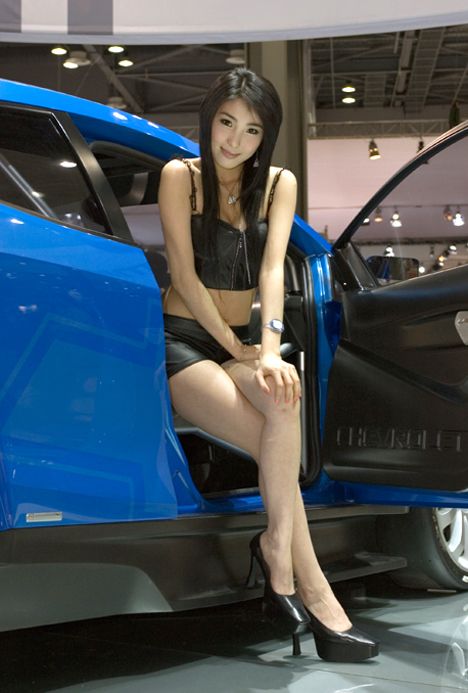Japan Cars
Yet, the United States is still a relatively unpopulated land mass. If you want to see real urban density, visit Tokyo. With a population equal to the entire state of California, this is a city where you cannot legally buy a car unless you already own a parking space, and driving to the airport from downtown can take four hours on a bad day.The domestic auto market in Japan is therefore very different with cars in the under-660-cc class getting lower taxes and commanding 50 percent market share. There are all sorts of cars that never make it across the Pacific. Recently I had a chance to try one of them in Canada, in unaltered, right-hand-drive domestic form.The Mistubishi i is a tiny four-door sedan with the engine mounted in the rear, almost under the passenger seats.
The small turbocharged engine puts out 55 hp and 65lb-ft of torque, and the car is surprisingly well equipped with keyless start, remote central locking, automatic transmission, complete iPod integration and even a hard drive with memory-stick slot. The driver’s seat is heated, too. This car is the first Japanese car in the micro class to make it officially into Europe, where it is being imported in small numbers into the United Kingdom. It has won a number of international design awards and was the 2007 Japanese Car of the Year domestically. On first impression, the standard of external finish is very high, and the car has a unique curved side profile. Parked side by side with my first-gen Smart, it’s apparent that the Mitsu is longer (being a four seater) and has a far more streamlined look.
Gas consumption on the Euro version is tagged at 55 mpg, but I have no information on what a North American version would achieve. Given the fact that Mitsu was the partner for the development of the now defunct Smart ForFour, it seems as if they learned well.The interior is less inviting, although visibility is outstanding with excellent mirrors and a clear all-around view. Like the Smart, there is more than adequate headroom, although the narrow body makes it a little more intimate than normal for driver and passenger. The dash is quite complete, with clearly legible instruments.
The car I tried had only Japanese instrumentation, so I could not try out the center entertainment stack, but the fold-down screen had a hard disk and memory-stick slot behind it, and there is a slot for an iPod in the stack, too.The seats are comfortable enough, though offering little lateral grip, a minor failing given the normal environment in which this car lives. I expect that the interior would receive an upgrade if this car is ever imported officially, as the plastic feels a bit flimsy, and the shiny nylon-like material on the seats takes away from the overall quality of the car. Rear-seat legroom is only adequate if the front seats are not pushed back too far, but this is a true four seater. Remember the old cliché about doors having a bank-vault-like sound when they close? Not here.
The very lightweight construction of the car results in a very light tinny clack on closing.The car is surprisingly fast for its modest displacement with a 0-to-60 time claimed to be 11.2 seconds, and though I could not confirm this by measurement, the claim seems completely credible to me. The car is far faster than my first-gen Smart, and the auto box is incomparably better than the Smart’s clunky sequential box. The suspension handles normal roads very well, and going over speed bumps that upset the Smart caused barely a ripple. The car is quite comfortable running at 65 to 70 mph, and there is no problem merging onto highways, which can be a challenge with the Smart.Aggressive cornering will cause mild understeer, but it is very predictable, and the brakes are firm and positive.
Above 50 mph, wind noise is a bit higher than I expected given the streamlined bodywork, but interior noise is fine. Could this car be a success in North America? In my opinion, yes. With performance about the same as the new Smart, two extra seats and a full auto transmission, it would be a very serious option. It does not have the Smart’s quirkiness, but it also does not have the compromises. Given the current concerns about fuel prices, I think the market, particularly in urban areas, may be ready for this car. The external styling is unique and has a modern tech look to it. It is far more practical than I would have imagined, and with a little tweaking of the interior materials, it would be a superb addition to the small-car market.









0 Response to "Japan Cars"
Post a Comment
Add your comment for article this page,